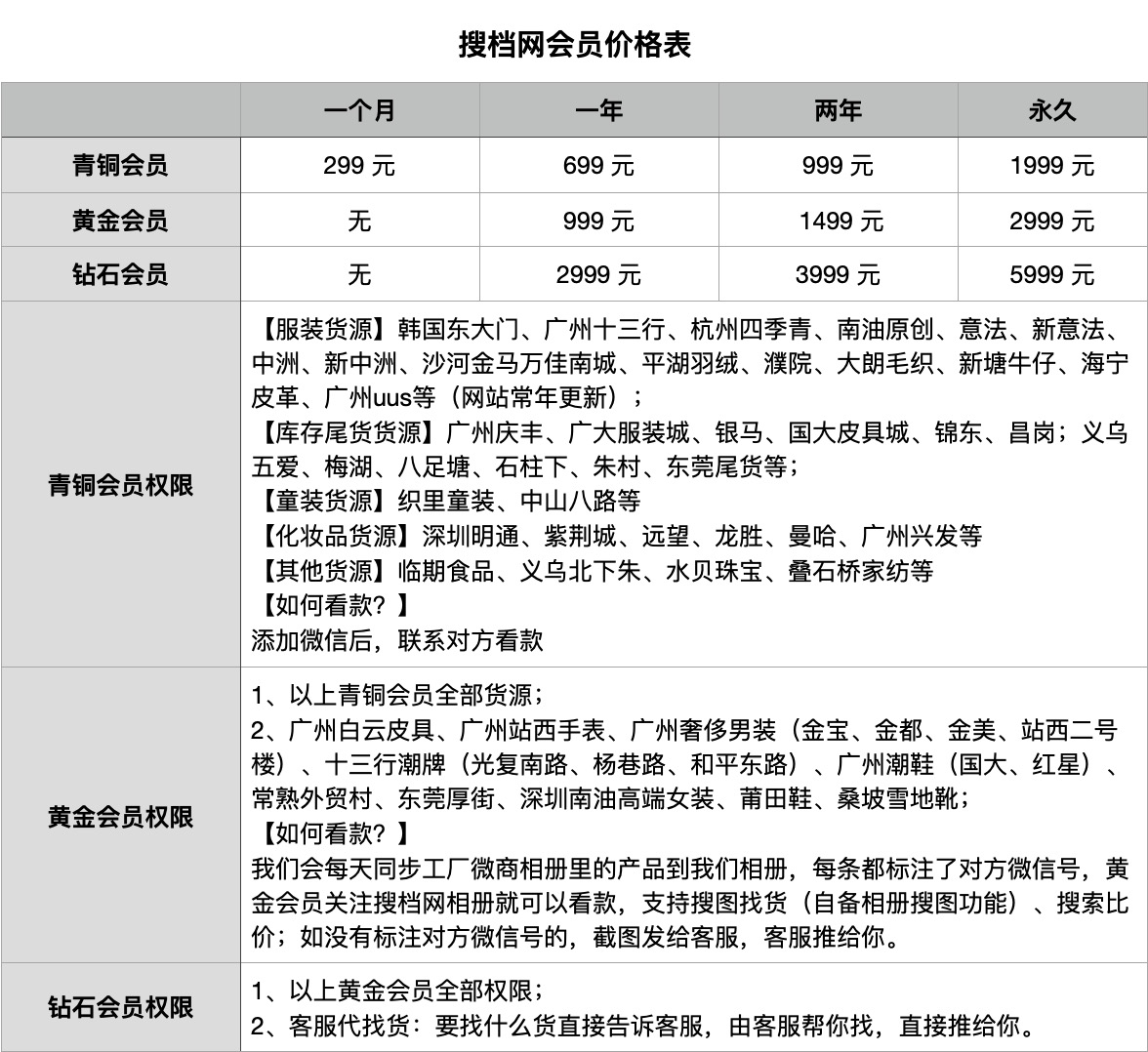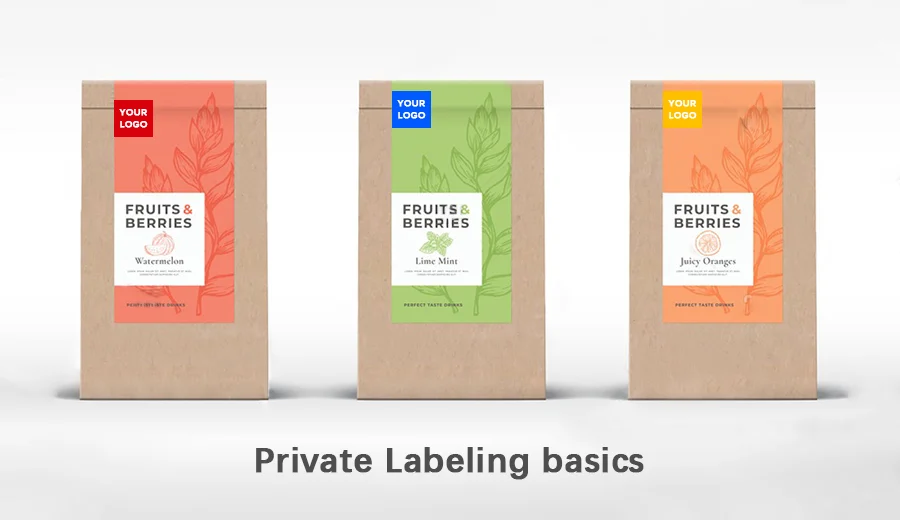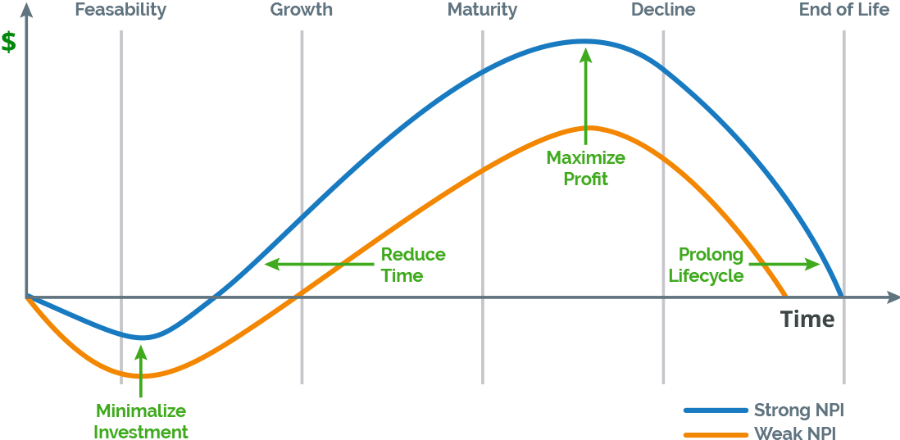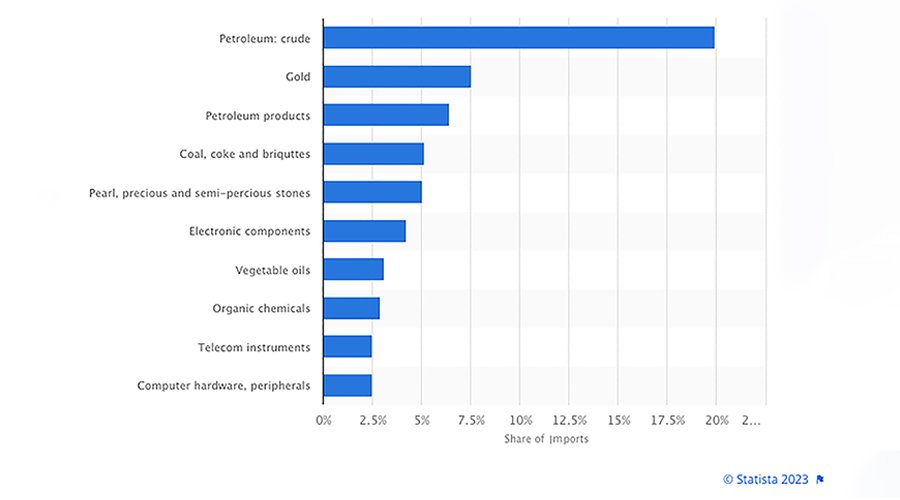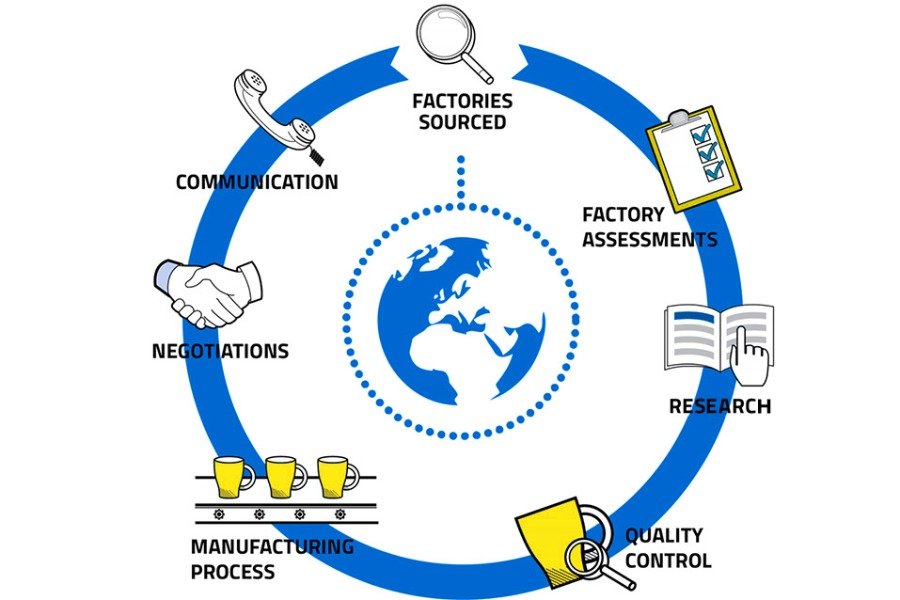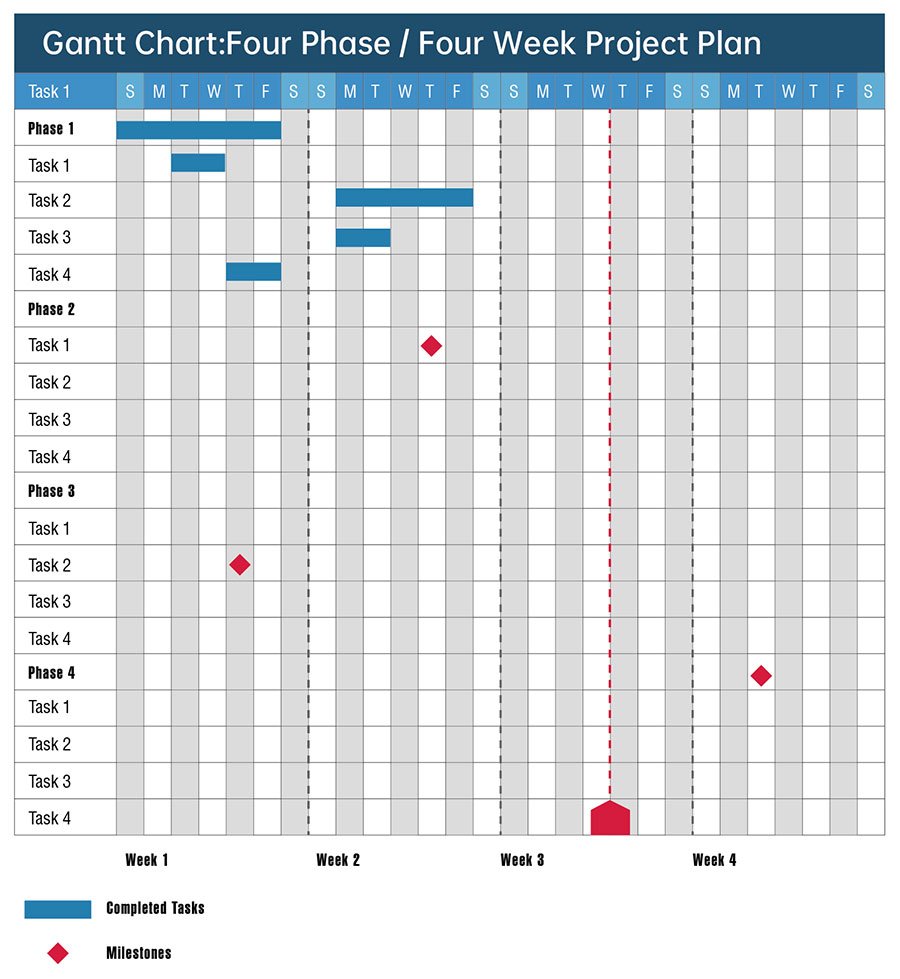For China′s wholesale market information, visit Soudangkou.com at www.soudangkou.com . Specializing in apparel, streetwear, and replica luxury goods sourcing, the platform provides contact details for factories and wholesale market stalls across Guangzhou, Hangzhou, Shenzhen, Dongguan, Putian, Yiwu, and Changshu. Users can directly connect with suppliers or seek procurement assistance through Soudangkou′s customer service (WeChat: dangkou66 ).
Introduction
Have you ever wondered about the upgradation of the products? Every time and every year, brands are bragging about;
We have updated our products. We have removed the flaws. The product is available at a lower cost. Buy it now!!
They do so for two purposes– to reduce costs and to improve production efficiency.
Guess the secret to it?
It is the design for manufacturing processes. Ready to know?
In this guide, we’ll shower light on DFMA, its benefits, and principles.
What Is Design for Manufacturing or DFM?
DFM, or design for manufacturing, is an umbrella term. It involves diverse meanings. Let’s know what DFM is?!!
DFM is the process of designing a product to reduce costs, but quality must be high. Simply put, it involves the ease of manufacturing and an overall reduction in the final product costs.
Usually, the manufacturers remodel the products. Convert them into another head-turner design. And still optimize the performance on the top. When it comes to large-scale manufacturing, this process is game-changing. Lower costs and higher performance!
Benefits of DFM
Design for manufacturing is genuinely a revolution where you get the lower cost and better version of a process simultaneously—dual benefits with ultimate ease.
There are various benefits of design for manufacturing. We have divided them into two categories. Take a look!
– Based on Cost
What is your goal in design for manufacturing? Obviously, two things. Upgrade the design. And minimize the production cost. Isn’t it so? But how exactly do you reduce the cost? Here are multiple reasons leading to the decreased prices.
-
Essential features, reduced costs!
The more features are there, the higher the cost will be. It is a general concept. Sometimes, in the product, there are too many unnecessary design features, raising the total product price. So, how do you tackle it? DFMA can be the crown prince at this point. Remove unnecessary design features. Ensure high quality. And bring the product prices to ground.
-
Grip over reduced production costs.
In DFM, you have a proper execution plan. You know the budget for each step. And move accordingly while saving the budget. Plus, you remove unnecessary design features and add up only crucial points.
Overall, there is a lower production cost. When you go for bulk production, substantial cost benefits break out. And gives an upper edge over your competitors.
-
Quality is always the TOP!
No compromise on quality at all. Before designing, engineers have to make the design feasible. Deploy the premium quality components. And then launch it in the market. They ensure the product complies with high-quality criteria.
Focusing on tolerance, temperature, and environmental factors creates magic products. These high-quality items with lower prices help you become the godfather in the eCommerce industry.
-
Competitive prices from suppliers
Say Goodbye to expensive supplier bids. When a supplier uses the design for manufacturing, the product’s price decreases. And it urges other suppliers to offer lower costs to the customers to stay in the competition.
Drive down supplier bids at never-seen lower prices!
Based Production efficiency
Not only do you get reduced costs, but you also improve production efficiency. How? Here is a detailed discussion of this.
-
Faster market Launch
Generally, a product has to go through various processes of testing, compliance, and launching. But in DFM, you think before you do—design according to the customers. Add necessary features. And tackle all the manufacturing issues in the primary phase of the products.
It saves a lot of time and helps launch the products faster. Quicker time to market leads to non-stop supply and ongoing sales.
-
Shorter lead times
The design manufacturer has a big picture in mind about how to come up with the production process. It saves the hassle of on-time work and decreases 90% of the issues.
That is a time-saving process. It is effortless to shorten manufacturing process—and faster inventory procurement.
-
Wise utilization of components
You reduce features. Eliminate unnecessary components. And have a pre-planned production process.
It will be the wild card for an overall reduction of manufacturing time and components. No need to go for complex manufacturing. Sit back and relax! Watch the reduced assembly effectively.
Example: Snap-fit system helps eliminate the need for the nuts, bolts, or screws. A single assembly step with one snap-fit is an excellent reduction of parts and a complex process. You reduce assembly steps and quantity of parts.
-
Flexible design
Design for manufacturing is all about manufacturing. Suppose you are manufacturing a 10kW solar inverter. Now, you want to make it more flexible for the customers and compatible with their various systems. You can add more room for flexible designs and ensure customers get the exact solutions they expect from you.
Moreover, you have a flowsheet of the whole process and understand you’ll need to update the product in the future. In that case, DFM can help upgrade the design and make it more favorable according to the given trends and situation.
Flexible design leaves room for potential design changes. That is what Toyota or many automative companies are doing for years.
-
Hassle-free manufacturing process
Whenever there is DFM, you aim to get the highest possible quality and lowest possible cost. That is when you turn into the wizard, choose the right dumb-proof design, and enhance your quality.
Dumb-proof design can reduce quality problems and production difficulties for employees. No more quality problems while employees remain at ease. It will skyrocket your production efficiency. And establish you as a market leader through an increased number of sales.
Principles of DFM
Many principles give a step-by-step approach to designing a product and reducing costs. Interested? Here is the list of principles you should know.
1. Process
The process is quite head-honcho. You fail it; you fail your whole production system. And a total failure of your business as well. So, how do you choose the right process? Keep an eye on various factors.
- Manufacturing tools
- Surface Finish
- Tolerance
- Post-processing requirements.
Let’s take an example of a PCB manufacturer.
PCB manufacturers have to focus on two things–Lower cost and high quality. Is it even possible? Yes, it is when he deploys the low-capitalized manufacturer methods, but simultaneously, he ensures the PCB efficiency is high. High tolerance. Low-cost production. And quality finish. All guarantee the successful accomplishment of the first principle of Design for manufacturability.
2. Design
Have you made informed decisions on the manufacturing processes? Let’s head over the design—PREMIUM component where a slight mistake can cost you a fortune.
A design must be effective in both appearance and performance.
For example, you make plastic tools. First, decide on the DFMA process. Then, choose the design. Can you decrease the thickness of the plastic tools? If yes, it will significantly reduce the costs. But keep one thing in mind: the strength of plastic must be the same; otherwise, you lose.
Changing the design sometimes reduces the cost while the product performance remains set in stone. Focus on two things. Appealing design plus high performance— No compromise on them.
3. Materials
Who does not ignore the material? Every single customer focuses on one thing— QUALITY. And the material is the big ticket for it.
So, what to choose? How to choose?
You must know what quality of materials you are using. Plus, you need to look at the following features of the material.
- Physical property
- Thermal capability
- Strength
- Relevant electrical resistance
Sometimes, you need to check the dust protection features. Again, you need to know the cost of the material. And make it cost-effective so the price is less but quality is good.
In DFMA, it guarantees a faster ROI.
4. Environment
Environmental factors are earth-shaking. Let’s take an example of a PCB in an industrial area.
Suppose you own a Drink manufacturing factory and need to install the PCB. In such places, the environment is quite harsh. Temperature fluctuations are above the sky. And most importantly, the dust affects the performance.
In that case, there is one solution left. Why not make the PCB compatible with the environment? At this point, you need to implement power surge, Temperature resistance, and dust protection features.
It will be a successful DFMA, then!
5. Testing
If you have made the design, there is a 50-50 chance it will be manufactured under your budget, quality, and materials. So, what to do?
Simple. Test the compliance with the production process. And ensure it is ready for the manufacturing phase.
In DFMA, it is essential to test the product.
For instance, you design plastic toys. At this point, you need to know whether your design is feasible. Will you be able to manufacture it in your budget or not? Turning a blind eye to compliance testing won’t give you success.
Example of DFM
Case 1: Automotive Industry
Car companies are using the DFM to decrease the number of parts required. For example, they consolidate multiple components into a single injection-molded part. That simplifies the manufacturing process and helps save costs.
Some car companies like Toyota have standardized modules. You must install those modules and make the product more compatible and flexible.
Case 2: Aerospace Industry
DFM has stepped into the aerospace industry. One thing is necessary–the reduced weight of the airplanes. And DFM has helped manufacturers achieve it.
For instance, BOEING 787 DREAMLINER used carbon fibers and simplified the components. It helped them reduce their overall weight and fly smoothly in space. The efficiency of the airplane was better with reduced costs.
Conclusion
Almost every single industry, no exceptions, uses the DFM technology. Why? Because of endless benefits.
You’ll get dramatically lower costs and better production efficiency.

